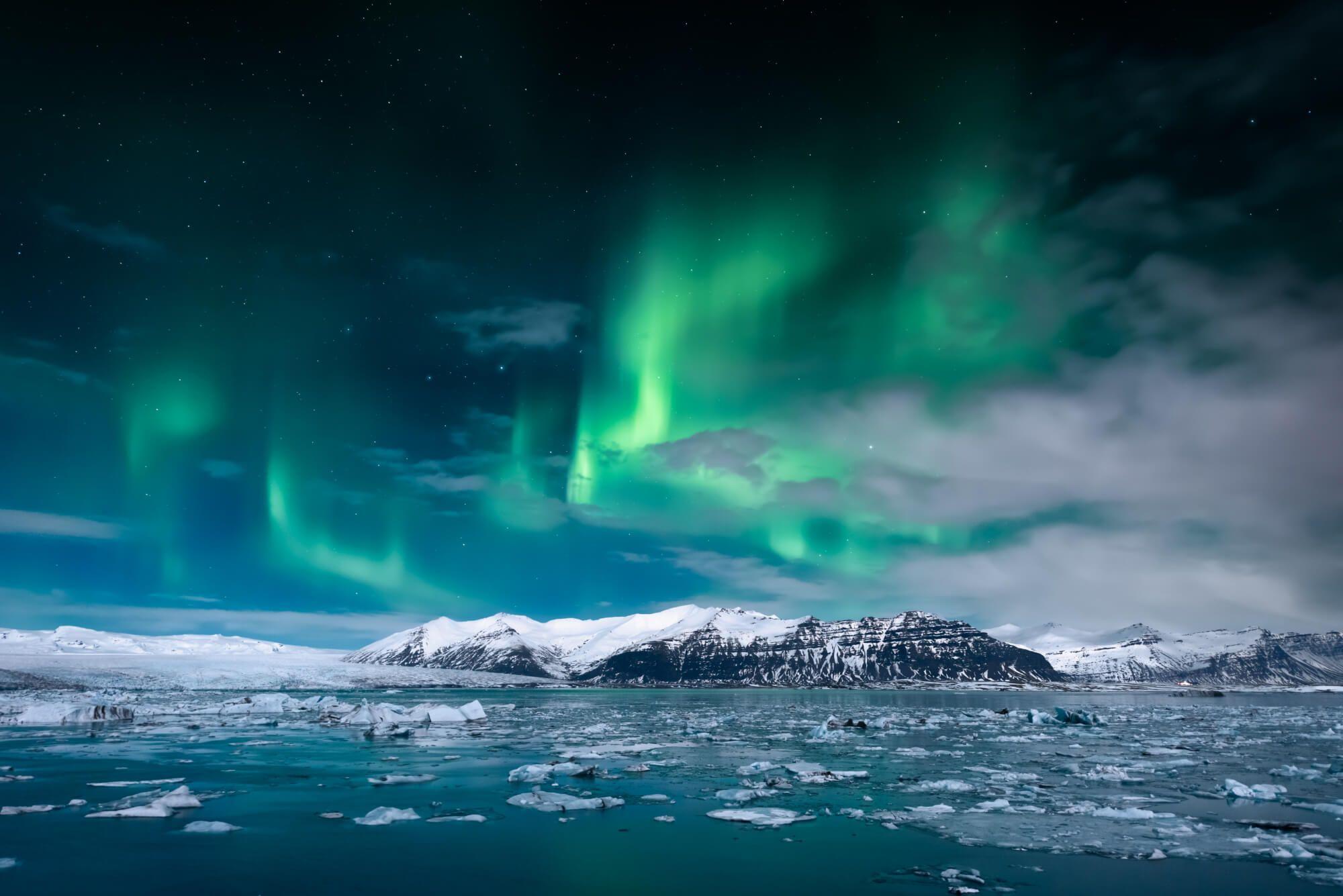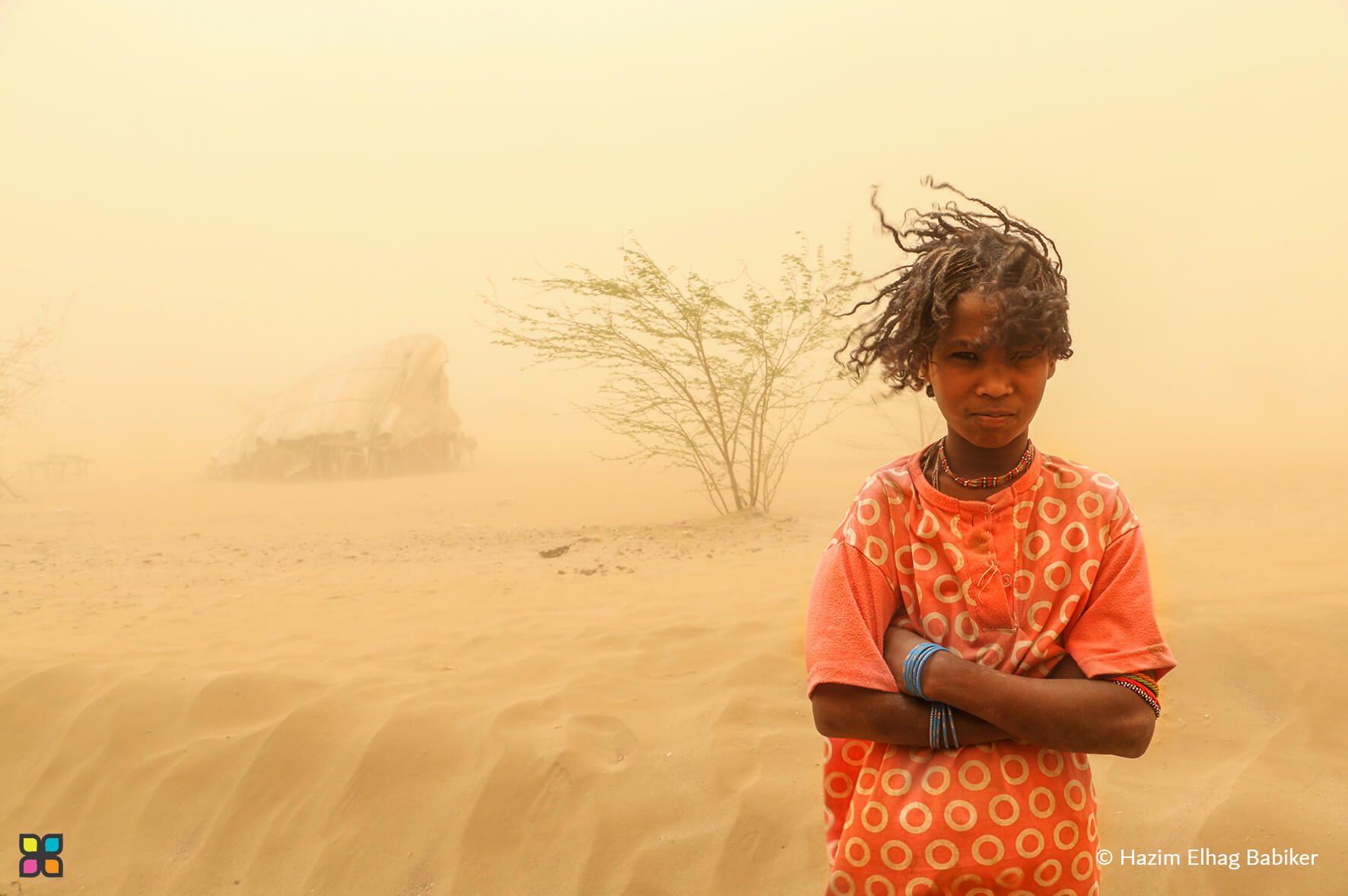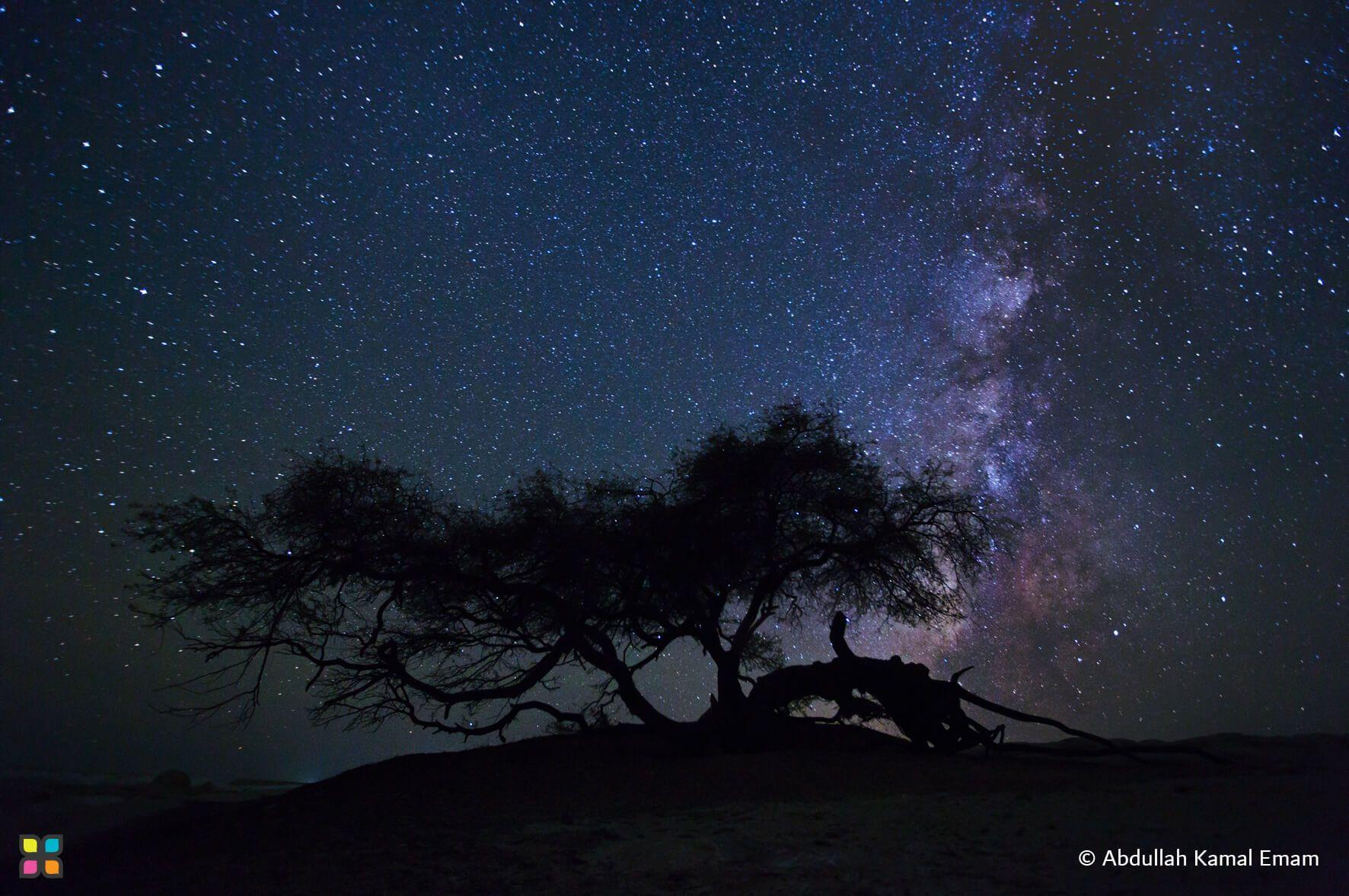The Northern Lights, or Aurora Borealis as coined by Galileo, are a visual phenomenon that occurs when solar winds collide with the earth’s atmosphere. At the end of 2023, as earth’s Northern Hemisphere heads into winter, the sun is reaching its solar maximum, peaking between January and October of 2024. This increased solar activity causes more solar storms and stronger solar winds, allowing the Auroras to be visible further South than usual. In November 2023, the Northern Lights were witnessed as far south as Stonehenge in the UK.
In Iceland, situated at the head of the Breiðamerkurjökull glacier, Jökulsárlón was not always a lake. It developed into a lake around 1948 after the glacier started receding from the edge of the Atlantic Ocean and it has increased in size fourfold since the 1970s. These icebergs calve from the glacier, gather at the mouth of the lake's shallow exit, melt down into smaller ice blocks, and roll out into the sea. Jökulsárlón, which means glacial river lagoon, is a part of Vatnajökull National Park, the second largest national park in Europe which was designated a UNESCO World Heritage Site in 2019.
Underneath the Aurora Borealis, the ever-expanding iceberg lagoon reflects this rare astronomical event and the accelerating effects of climate change, encouraging us to contemplate the future of our world.
Most Popular
The Climate Tribe delivers stories about Biodiversity and Conservation, Circular Economy, Food and Water , and how they intersect with climate.
Subscribe
Get the latest stories inspiring climate action around the globe straight to your inbox.







